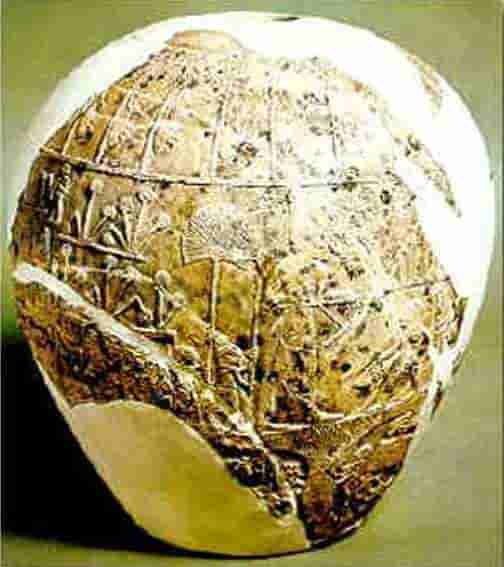Halfway between history and legend is the figure of a pharaoh prior to the unification of Ancient Egypt and whose symbol was a scorpion under the protection of the falcon Horus (symbol of royalty as protected from the god).
This pharaoh, the oldest known to date, has been popularly called the Scorpion King. His history is older than that considered until recently as the first of the pharaohs, Narmer.
Despite the fact that there is a film about him, it should be clarified that it is hardly based on historical data, since so far little is known for sure.
It is believed that his nickname of Scorpion could represent either his resistance or his success in strategy, but this association is almost certainly related to his war skills.
His sarcophagus was found in the late nineteenth century by Gunter Dreyer, and it is estimated that it must have lived between 3,200 BC and 3,300 BC, in the times in which the upper and lower Egypt were unified.
Until recently, these first kings, who were represented as half men and half animals, were thought to be mere mythological figures, but the discovery of Horus-Scorpio has confirmed that they were people of flesh and blood.
His tomb was found in ancient Abydos, an ancient and important necropolis during the initial period of the Dynastic Period, although its history dates back to the Predynastic Period, when it was an important center of religious pilgrimage.
Both the sarcophagus of the so-called «Dynasty 0» and the predynastic ones had been looted long ago, also that of the so-called Horus-Scorpion, in which some objects decorated with his particular seal could be found and which was built in imitation of a palace.
Based on Carbon 14 evidence, he is the oldest of the Egyptian kings found to date.
One of the most interesting and revealing objects on the figure of this ancient king is a rounded mace, an object with which the kings executed their enemies, and which has the symbol of Horus carved on a scorpion (although it is thought that this is a ritual object, more than practical).
This 25 cm diameter mace contains a scene in which this king appears to wear a white crown, the symbol of the pharaohs of Upper Egypt, as well as his intention to take the delta of the Nile.
Source: Jaime Márquez, sobre egipto








